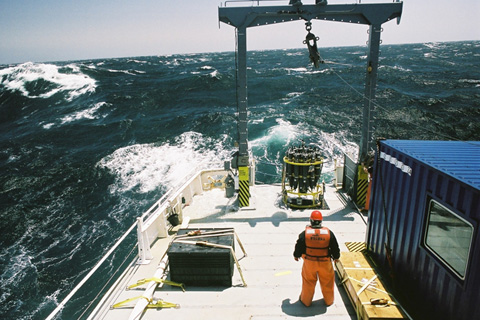
In the summer of 2007, as oyster growers and hatchery managers in Washington state were experiencing yet another failed oyster harvest, Dr. Richard Feely set off on a research cruise to find out if the seawater itself was the culprit…
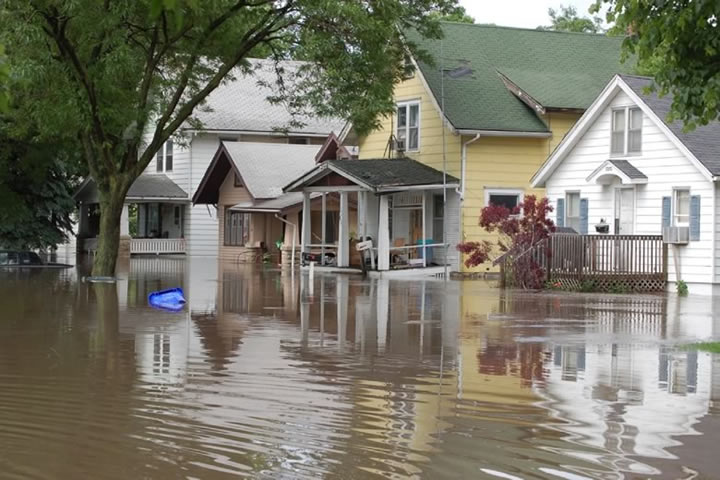
In NOAA's version of CSI, Marty Hoerling leads a group of climate and weather researchers who investigate killer climate patterns—heat waves, tornadoes, and floods—to figure out what may have triggered them.
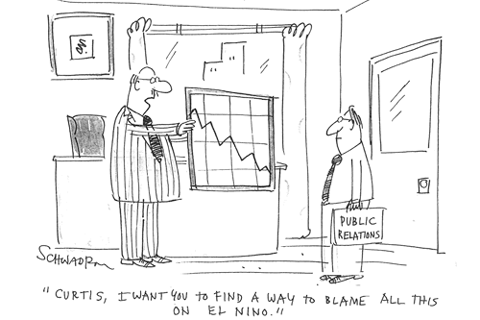
For years, people have been pointing to El Niño as the culprit behind floods, droughts, famines, economic failures, and record-breaking global heat. Can a single climate phenomenon really cause all these events? Is the world just a step away from disaster when El Niño conditions develop?
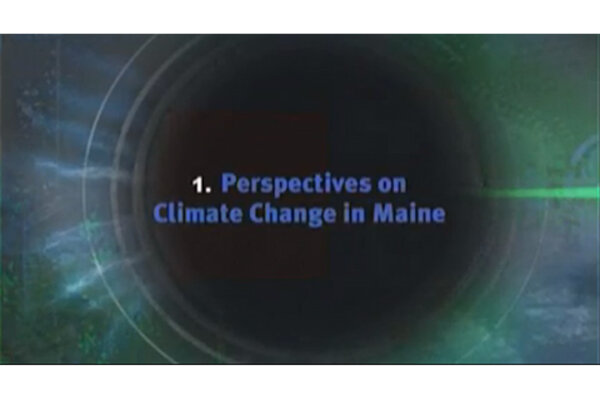
Perspectives on Climate Change in Maine
October 22, 2009
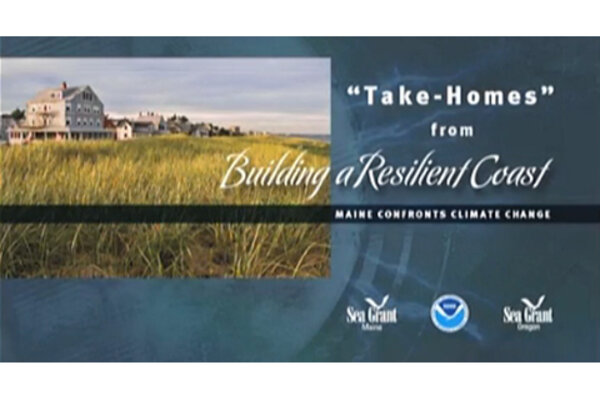
Building a Resilient Coast – Perspectives on Climate Change in Maine
October 22, 2009
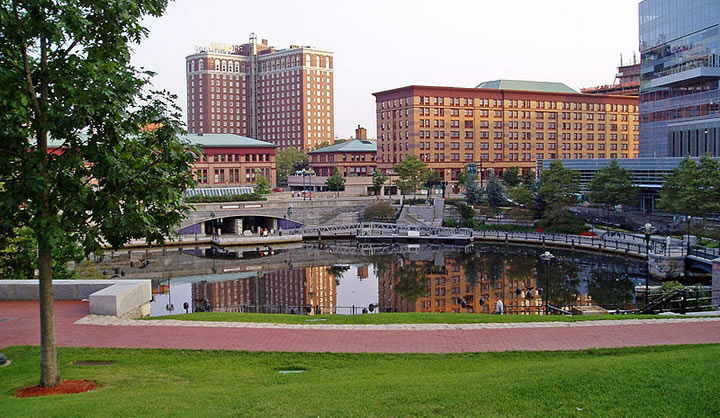
Rhode Island's coasts are already feeling the impacts of rising seas. The Rhode Island Coastal Resources Management Council and Rhode Island Sea Grant are working with the legislature to explicitly address sea level rise and climate change in the state's building code.
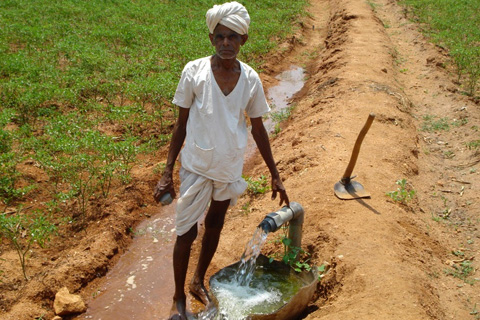
In May and June each year, speculation about the coming of the monsoon fills newspapers and conversations across India. Everyone is concerned about if, when, and how much rain will arrive. But none have more at stake than India’s over 100 million farming households.
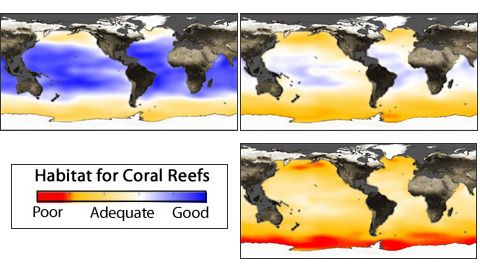
As the ocean absorbs atmospheric carbon dioxide, the pH of the water drops. The more acidic water harms corals and other shell-building sea life.
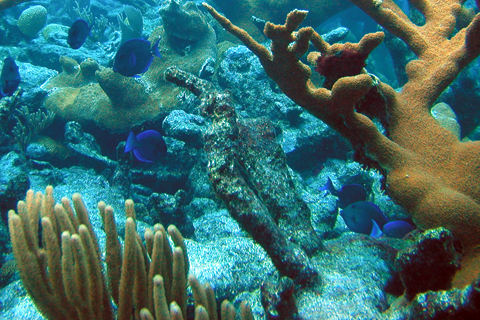
Coral reefs are important and productive ocean ecosystems, providing shelter and protection for diverse sea life. NOAA's latest seasonal outlook for coral bleaching shows potential for bleaching along the Pacific coast of Mexico and islands in the equatorial central Pacific Ocean.
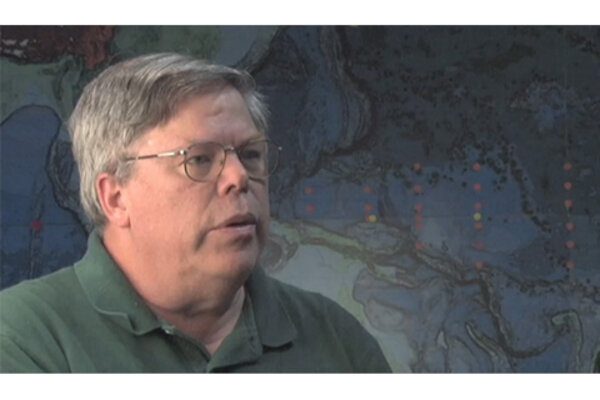
The Origin and Impacts of Ocean Acidification, Part 3
September 30, 2009